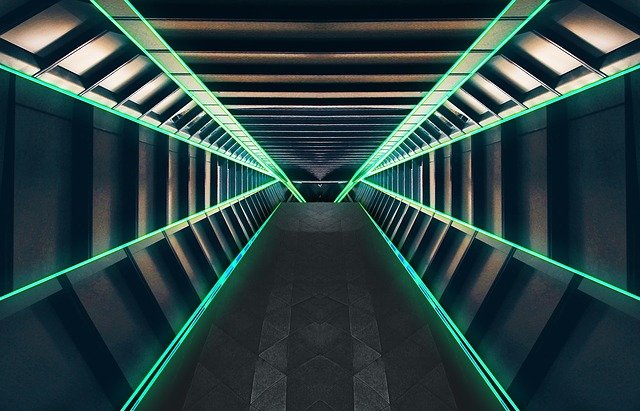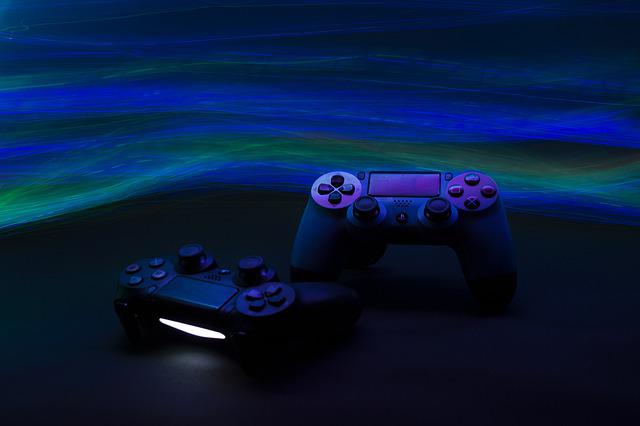Over the years, for every decent anime adaptation of a beloved video game franchise, there have been dozens more that drop the ball, but recently it seems the quality of anime adaptations has improved. However, the same hasn’t been true of video game adaptations of anime. I’m sure you can think of a couple really good ones right away, but we’re over 30 years into these sorts of collaborations and I’m willing to bet your list doesn’t reach past five titles. And if it does, how many on that list are fighting games?
IGN constructed a list of the 10 best anime-to-video game adaptations last year, and roughly six of them were fighting games. 3D arena fighters, 2D traditional fighters, or open-area fighters like Dynasty Warriors are often the only genres popular anime licenses are willing to commit to. With the variety of concepts anime series can touch upon, why are their video game adaptations so limited?
I’m tempted to blame the Dragon Ball series. As one of the most recognizable anime properties in the world, Dragon Ball has been given numerous adaptations. In the late ‘80s, game adaptations for Dragon Ball and Dragon Ball Z were almost exclusively RPGs or card battle games, popular genres of the time and region, but the games finally hit their stride with the first fighter, Dragon Ball Z: Super Butōden.
More than almost any other series, Dragon Ball is a show that’s all about fighting, and fans flocked to Super Butōden, reportedly selling 1.45 million copies in Japan. Shortly thereafter, nearly every major anime released its own fighting games, from Yu Yu Hakusho to Sailor Moon, to mixed reception, but it feels like many popular shows are still chasing that logic today (even when Dragon Ball itself is expanding its horizons with an action RPG and an asymmetrical survival game).
Two of the biggest anime series of the last decade, My Hero Academia and Demon Slayer, boast fantastic stories and incredible action, but their video game adaptations have largely been shoehorned into the stale tradition of fighting games. These unique properties deserve more care and attention; players want to become part of these worlds and not just throw punches with all their favorite characters like a child banging together action figures.
My Hero Academia is about a school for young super heroes, and the characters fight villains and amongst themselves. But so much of the tension and enjoyment is drawn from the interpersonal relationships of the students and teachers. The fighting is harrowing because of the stakes and motivations of all parties involved.
We’ve seen games create stakes based on relationships before. A My Hero Academia game could be perfectly translated to the turn-based tactics genre. We know that because Fire Emblem: Three Houses is a similar example of managing students, their personalities, and their abilities. As a My Hero Academia teacher, you could spend time nurturing your students and building personal connections to them, which would add depth to battles where they can show off their progress, as well as personal stakes should they fail to work as a team – a reoccurring lesson of the anime.
Demon Slayer feels especially ill-suited to the 3D arena fighting genre. It’s a show about a strong-willed and pure-hearted young man whose entire family is horrifically murdered by a powerful demon, save for his younger sister who was turned into one. Its main character Tanjuro must withstand grueling training and dismantle a hierarchy of demons as a freshly recruited Demon Slayer Corps member, not for the sake of revenge but for the slim chance of saving his sister.
The atmosphere and combat of a game like Sekiro: Shadows Die Twice fits the Demon Slayer anime far better than a fighter. The show champions honing your technique, patience, and striking during the perfect opening, all hallmarks of Sekiro’s fantastic combat system. As Tanjuro or one of the other quirky supporting cast members, you’d take on the demons in challenging boss battles that feel overwhelming at first but reward your hard-fought mastery, echoing core tenets of the show.
It’s not that these fighting adaptations are all bad games. It’s just that many of the shows getting this kind of treatment are far more nuanced than their admittedly amazing action sequences. The Naruto: Ultimate Ninja Storm series of arena fighters are generally well-liked, but I can’t help but see the missed potential of taking a team of ninjas with elemental powers out of a fighting ring and plopping them into a The Legend of Zelda: Breath of the Wild-styled open world to figure out puzzles by combining elements and platforming through tricky environments.
Just because a fighting game makes perfect sense for a show like Dragon Ball Z doesn’t mean the genre is a one-size-fits-all for every other property. Anime has earned its place as a powerful storytelling medium and has a varied and compelling collection of ideas to draw from. What video games do best is connect you to stories, characters, or locations through gameplay. The potential for truly amazing combinations of anime and video games has always been there, just waiting for both sides to take these collaborations more seriously, so it’s time for anime to get the kind of video game treatment it deserves.
Source: https://www.escapistmagazine.com/anime-deserves-better-video-games/



